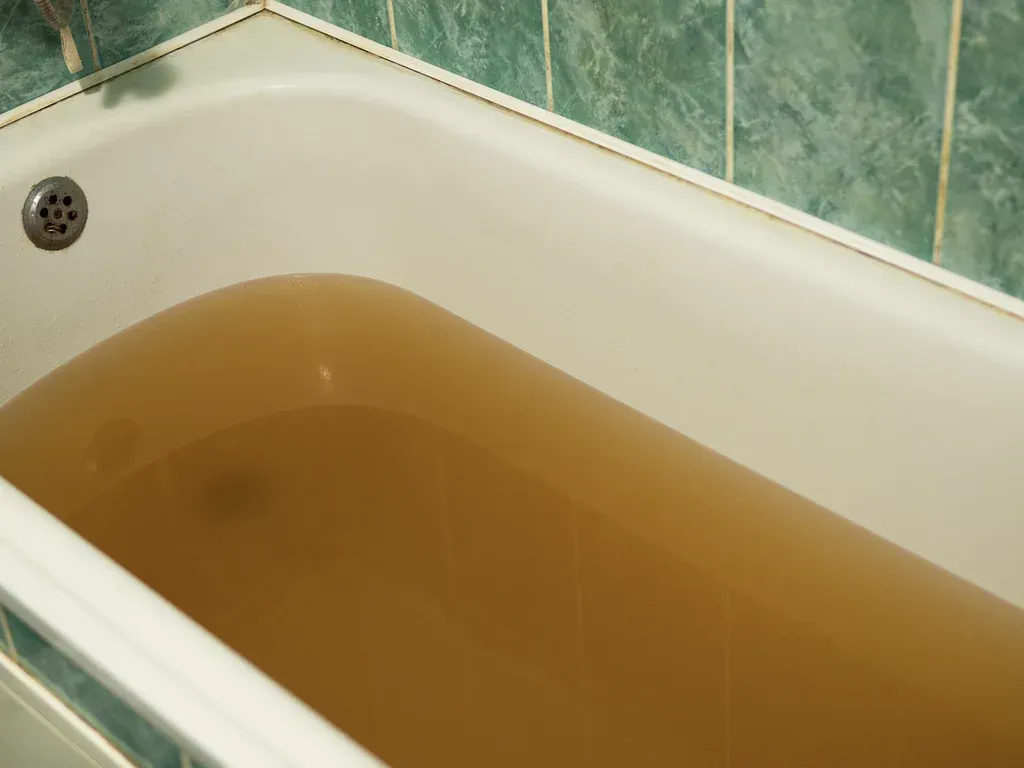5 Ways To Unclog a Shower Drain with Standing Water
Dealing with a clogged shower drain can quickly turn your relaxing shower into a frustrating ordeal, especially when there's standing water refusing to budge. If you're tired of wading through ankle-deep water every time you shower, you're in the right place. In this guide, we'll explore the five best methods to unclog a shower drain with standing water, ensuring you can restore your showering experience and eliminate the hassle of stubborn clogs. Say goodbye to the inconvenience and hello to a smoothly flowing drain once again. Let's dive in and reclaim your showering bliss!
Key Takeaways:
- Utilize the Plunger: Employ a plunger's suction power to dislodge stubborn clogs effectively.
- Harness Chemical Reaction: Combine baking soda and vinegar to break down blockages and restore flow.
- Invest in a Drain Snake: Use a drain snake to physically remove debris and clear the path.
- Apply Boiling Water: Pour boiling water down the drain to dissolve grease and soap scum buildup.
- Consider Commercial Solutions: Explore commercial drain cleaners as a convenient option for tough clogs, but follow safety guidelines closely.
Method 1: Utilize The Plunger
To begin unclogging your shower drain with a plunger, ensure you have a tight seal between the plunger and the drain opening. Start by filling the shower base with enough water to cover the plunger head. Next, place the plunger over the drain and push down firmly, then pull up sharply to create suction. Repeat this plunging motion several times, maintaining a steady seal and applying vigorous pressure. The suction action helps dislodge the clog and allows water to flow freely again. If necessary, repeat the process multiple times until the water drains smoothly.
Method 2: Chemical Reaction with Baking Soda and Vinegar
To initiate a chemical reaction that can effectively break down clogs in your shower drain, you'll need baking soda and vinegar. Start by pouring about half a cup of baking soda directly into the drain. Follow this by pouring an equal amount of vinegar into the drain, creating a fizzing reaction. Allow the mixture to sit for at least 30 minutes, allowing the chemical reaction to work its magic on the clog. Finally, flush the drain with hot water to wash away the dissolved debris and restore proper drainage.

Method 3: Utilize a Drain Snake
To physically remove stubborn clogs from your shower drain, a drain snake is an invaluable tool. Begin by inserting the end of the drain snake into the drain opening and slowly feeding it down the pipe. Use a twisting motion and gentle pressure to navigate the snake through the drain, breaking up and dislodging any debris in its path. Once you reach the clog, continue to twist and maneuver the snake until you feel the resistance lessen. Finally, carefully withdraw the snake from the drain, along with the loosened debris, and dispose of it properly.
Method 4: Apply Boiling Water
Boiling water can be a simple yet effective solution for melting away grease and soap scum clogs in your shower drain. Start by boiling a pot of water on the stove or using a kettle. Once the water reaches a rolling boil, carefully pour it directly into the drain opening. Be cautious not to splash yourself with the hot water. Allow the boiling water to work its way through the drain, melting away the clog and restoring proper flow. Repeat the process as needed until the water drains freely without any obstruction.
Method 5: Consider Commercial Drain Cleaners
For particularly stubborn clogs in your shower drain, commercial drain cleaners can provide a convenient solution. Begin by selecting a high-quality drain cleaner suitable for your specific type of clog and drain material. Follow the manufacturer's instructions carefully, ensuring proper dilution and application. Pour the recommended amount of drain cleaner directly into the drain opening and allow it to sit for the specified time, typically 15 to 30 minutes. Afterward, flush the drain with hot water to wash away the dissolved debris and assess the effectiveness of the cleaner. Exercise caution and use protective gloves and eyewear when handling commercial drain cleaners.
Conclusion
With these five effective methods at your disposal, you can tackle even the most stubborn clogs in your shower drain with confidence. Whether you choose to utilize a plunger, harness the power of chemical reactions, employ a drain snake, apply boiling water, or consider commercial drain cleaners, restoring proper drainage is within reach. Experiment with these methods to find the one that works best for your specific situation, and say goodbye to standing water and frustrating clogs for good.
For excellent services, you can get in touch with All City Plumbers!







